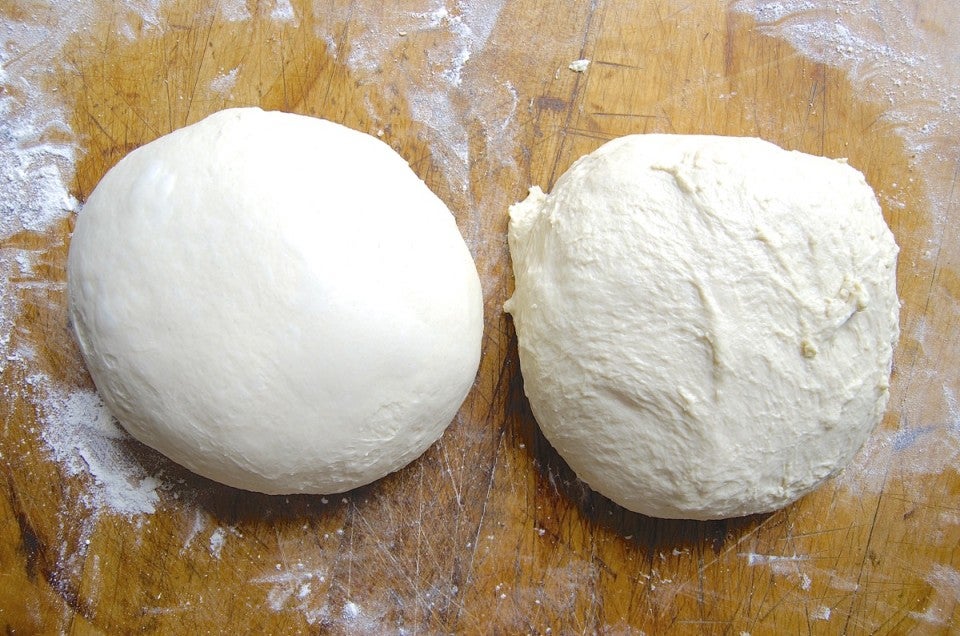


Do you ever have trouble with a much-loved yeast recipe suddenly starting to misbehave? Maybe your baguettes, always shaped so nicely, mysteriously fall flat. Or the dough for your favorite weekly sandwich bread, usually so easy to knead, is suddenly unbearably sticky. Plus your shaped loaf rises in what seems like just half the time. Transitioning from winter to summer yeast baking can be tough; what’s going on?
Simple: it's the weather. Namely, increased heat and humidity.
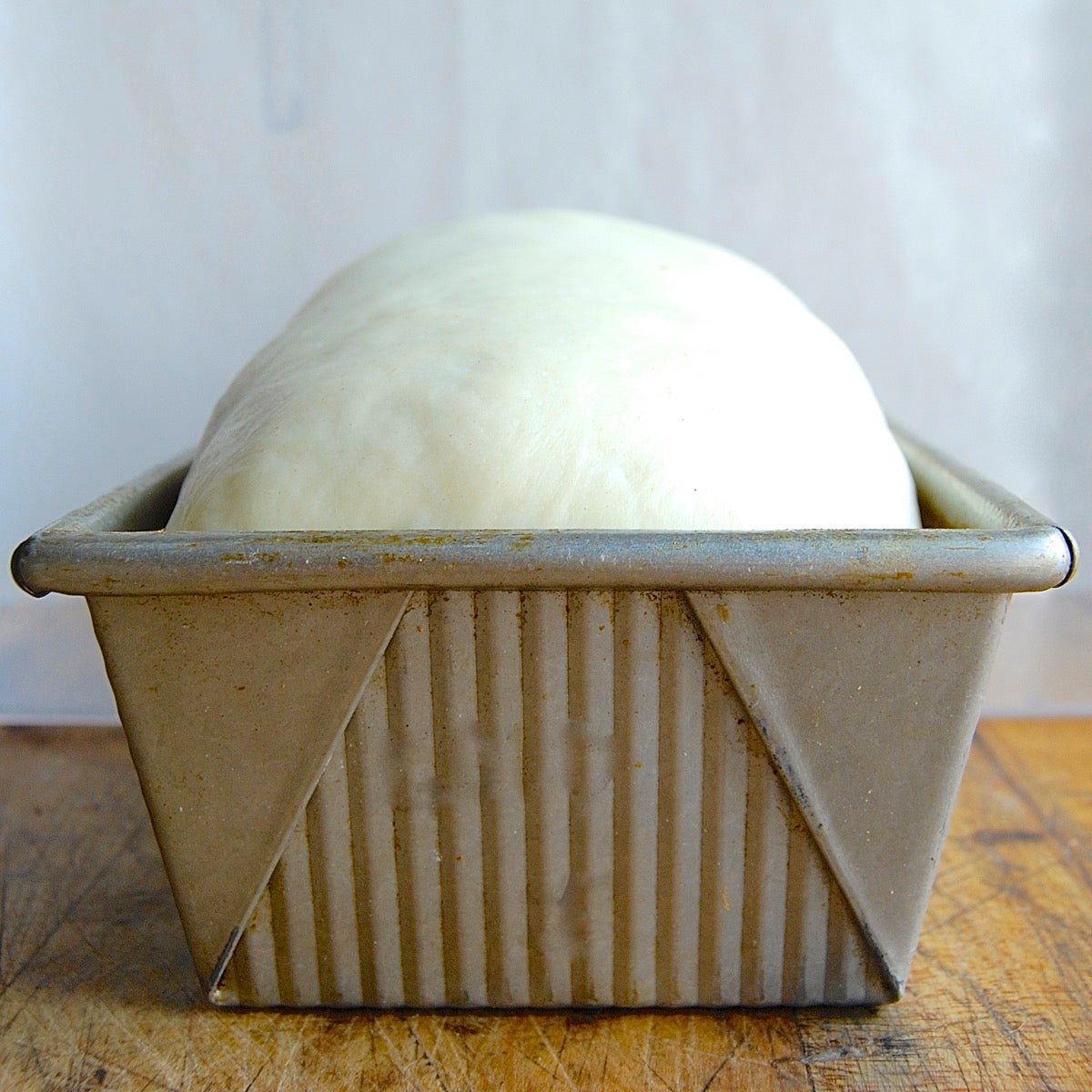
Flour and yeast, the heart and soul of bread baking, are both affected by your kitchen’s micro-climate. Yeast loves warmth. The hotter it is, the more quickly yeast grows (until it experiences "thermal death" at around 140°F).
Thus dough made on a hot summer day naturally rises more quickly than dough made in the dead of winter, when your kitchen is probably a lot cooler.
As for flour, it can act like a sponge, absorbing moisture from humid air in the summer (and drying out in the dead of winter). So flour is usually “wetter” in the summer and “drier” in the winter. If you don’t reduce the liquid in your recipe in summertime, you may end up with yeast dough that’s too soft and sticky. Dough can over-rise and then fall in the loaf pan; or your shaped loaf might flatten out (rather than rise) on the baking sheet.
How do you successfully transition from winter to summer yeast baking? By understanding heat and humidity, and how they affect yeast dough.
Know what the dough for any particular recipe should look and feel like. Is it dry, stiff, bagel dough, super-sticky ciabatta dough — or easy-to-handle sandwich bread dough? Whatever the dough consistency is for any particular recipe (and most recipe writers will clue you in), adjust the ratio of liquid to flour to attain that result.
Let’s look at an example.
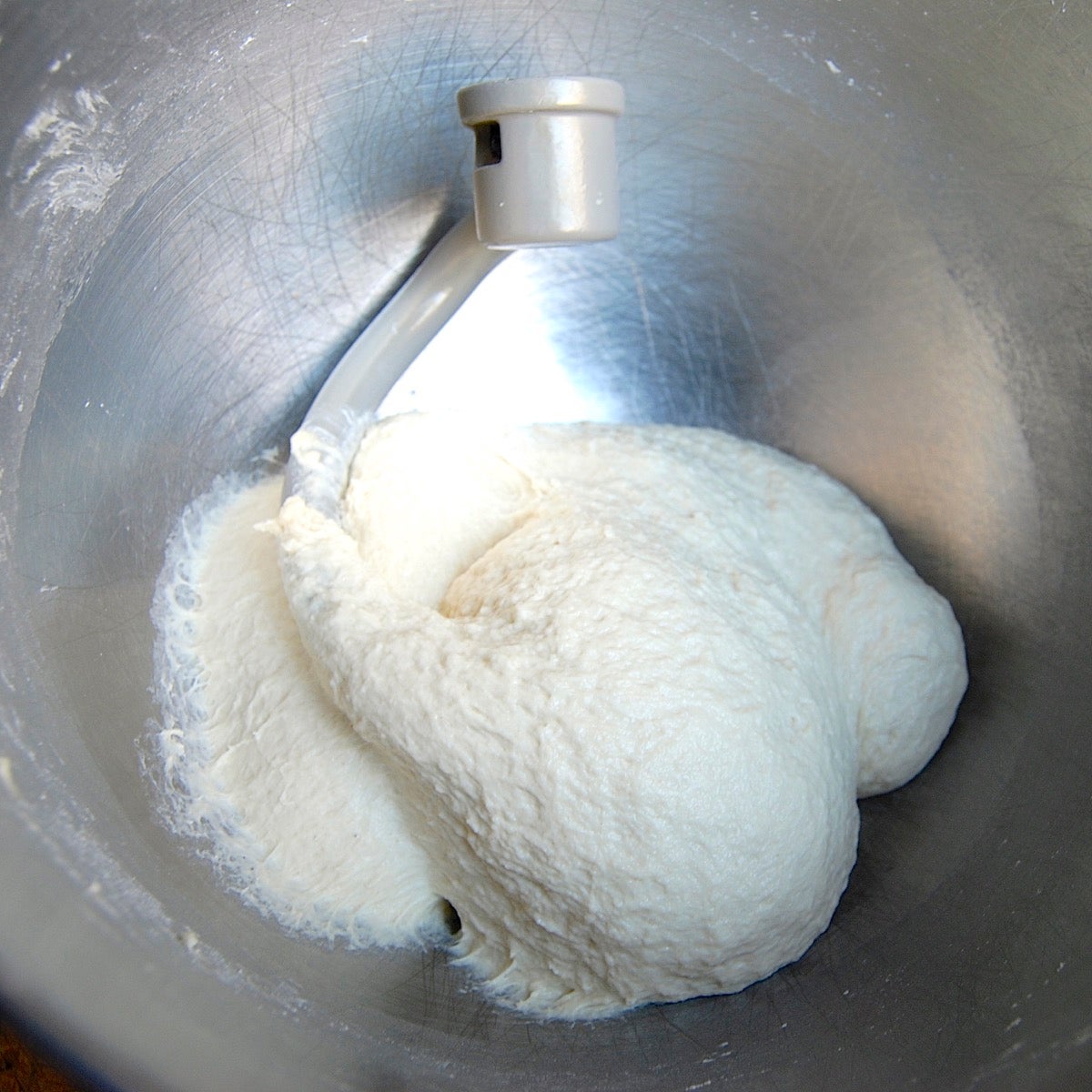
Here’s some dough for Gruyère-Stuffed Crusty Loaves that I made and photographed last January. Notice it’s sticking to the sides of the bowl in spots, but also starting to mound up and form a ball. For this particular recipe that’s the consistency I want: quite soft, yet not annoyingly sticky.
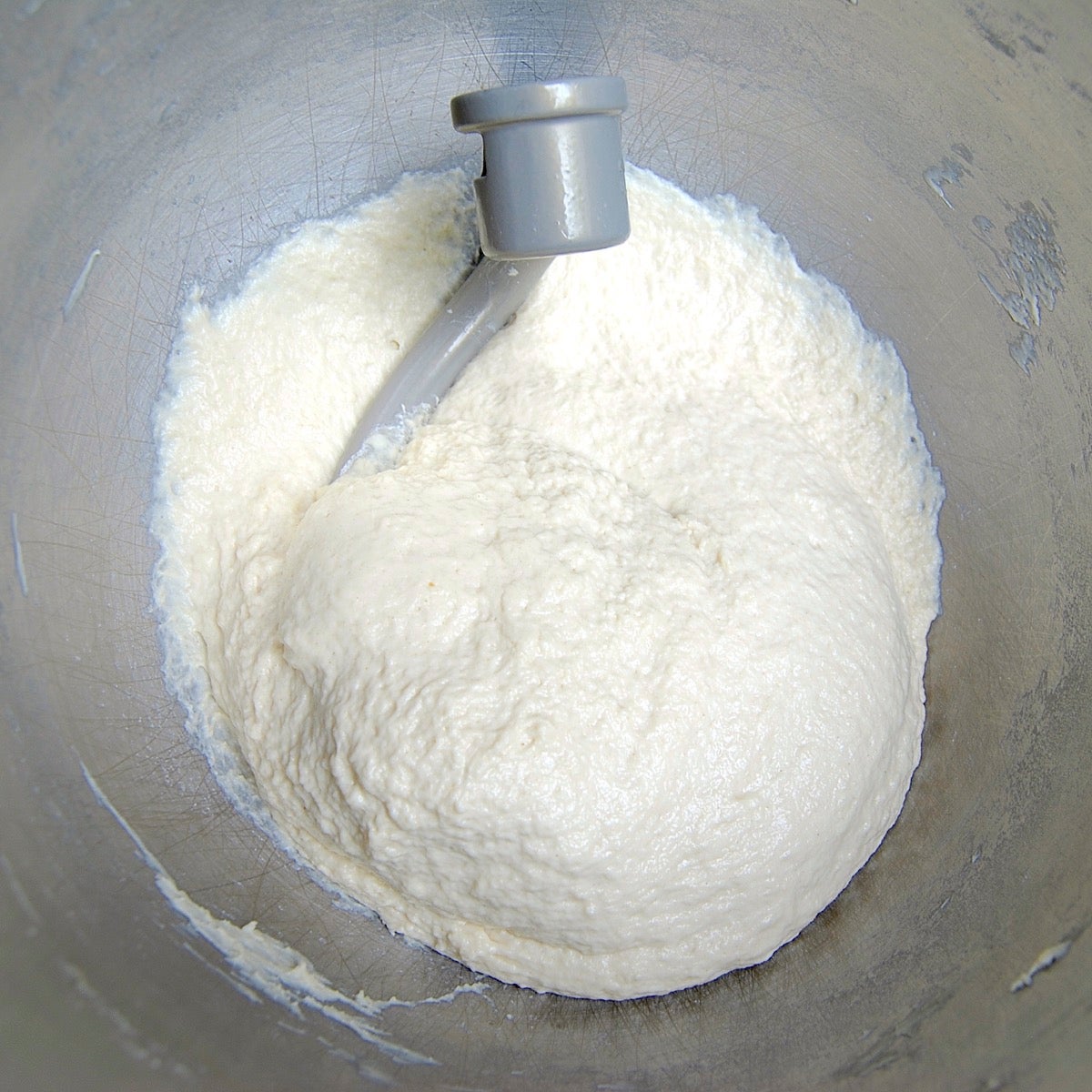
And here’s that same recipe's dough made in June. It’s sticking to the bowl all around, with no sign of forming a ball.
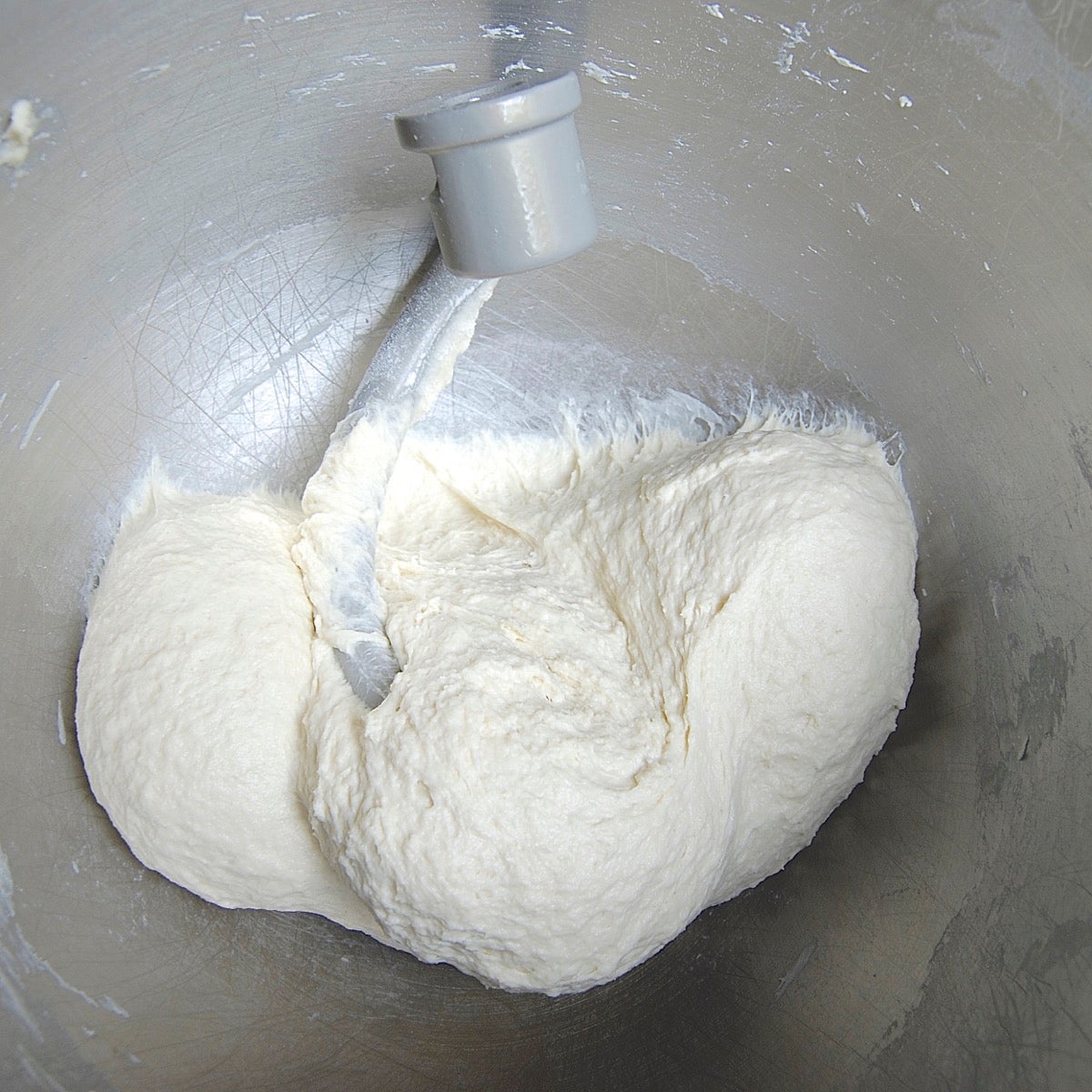
Finally, here’s that same recipe made in June with the liquid reduced by 10%, in order to make a stiffer, more January-like dough.
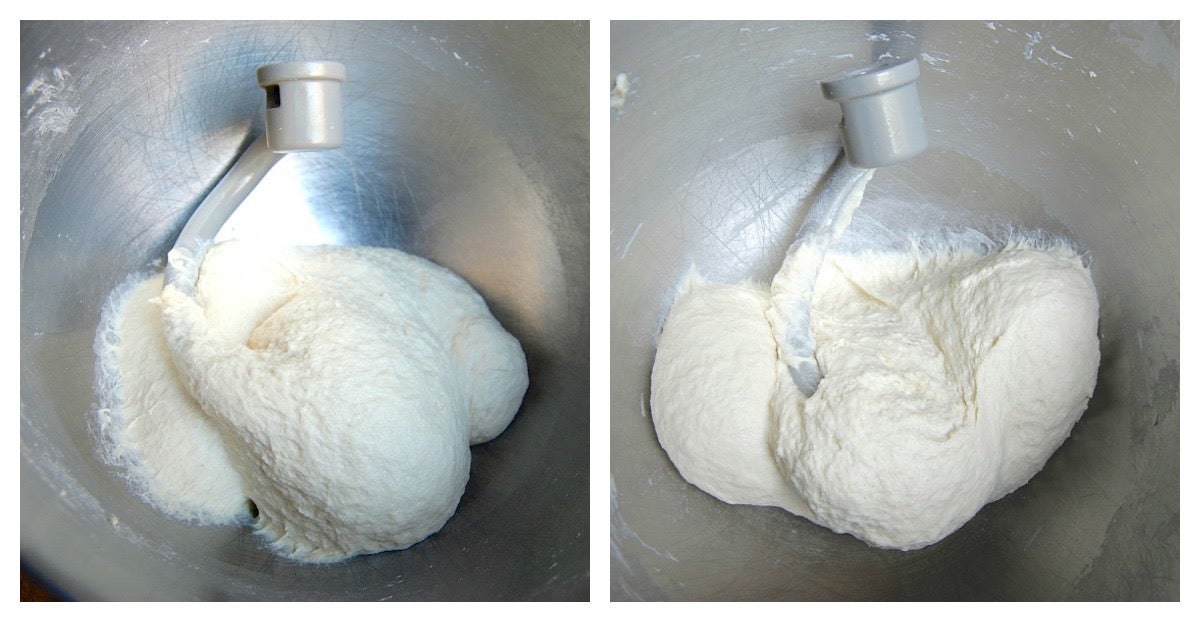
On the left, January’s dough; on the right, June’s dough. Very similar, right? In order to get the same great Gruyère loaves in June that I get in January, I make sure June’s dough looks and feels like January’s dough.
If you suddenly notice your yeast doughs seem to be stickier and softer than normal, it's probably the result of hot, humid weather. To get your dough back to normal, reduce the amount of liquid in the recipe — typically by about 10%, in my experience.
Naturally, you'll have to experiment with this; everyone's kitchen climate is different. But if you have yeast recipes you make over and over again, and the dough always seems much stickier in the summer, it's worth it to figure out just how much you need to reduce the amount of liquid to get back to your optimal dough consistency.
But wait a minute. Isn't it easier simply to make the recipe as is, and increase the flour if your dough ends up too wet?
It would be indeed. But adding more flour to your recipe negatively affects the balance between flour and the remaining dough ingredients: yeast, salt, sugar, butter... While it's easier to correct a hydration mistake by throwing flour at it, it's actually better for your finished loaf to not make that mistake in the first place.
That's how to deal with humidity: by reducing the liquid in your summertime recipe by up to 10%.
Now what about heat?
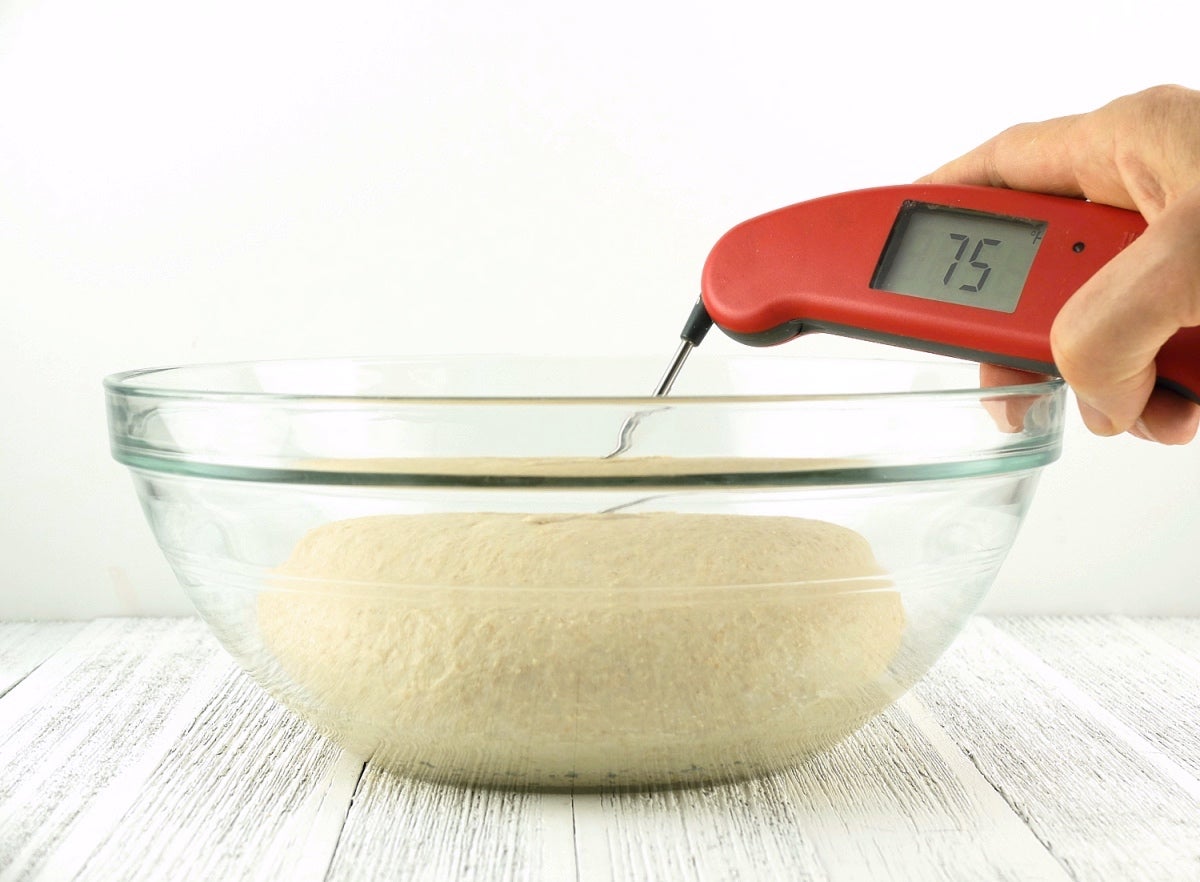
Pay attention to how warm your kitchen is. Yeast grows fastest in temperatures in the 90s. But the "sweet spot" for dough, optimizing both yeast growth and the production of flavor-adding organic acids, is 75°F to 78°F.
So for best texture and flavor in your finished loaf, try to keep your rising dough’s temperature in the high 70s. Which means if it’s late June and your kitchen is already 86°F, you’ll want to start by lowering the temperature of whatever liquid is called for in your recipe.
This process — adjusting liquid temperature to attain a specific dough temperature — is followed by professional bakers every day; you can read more about it in our Desired Dough Temperature blog post. Just remember: the hotter your kitchen, the cooler the liquid in your recipe; and conversely, the colder your kitchen, the warmer the liquid.
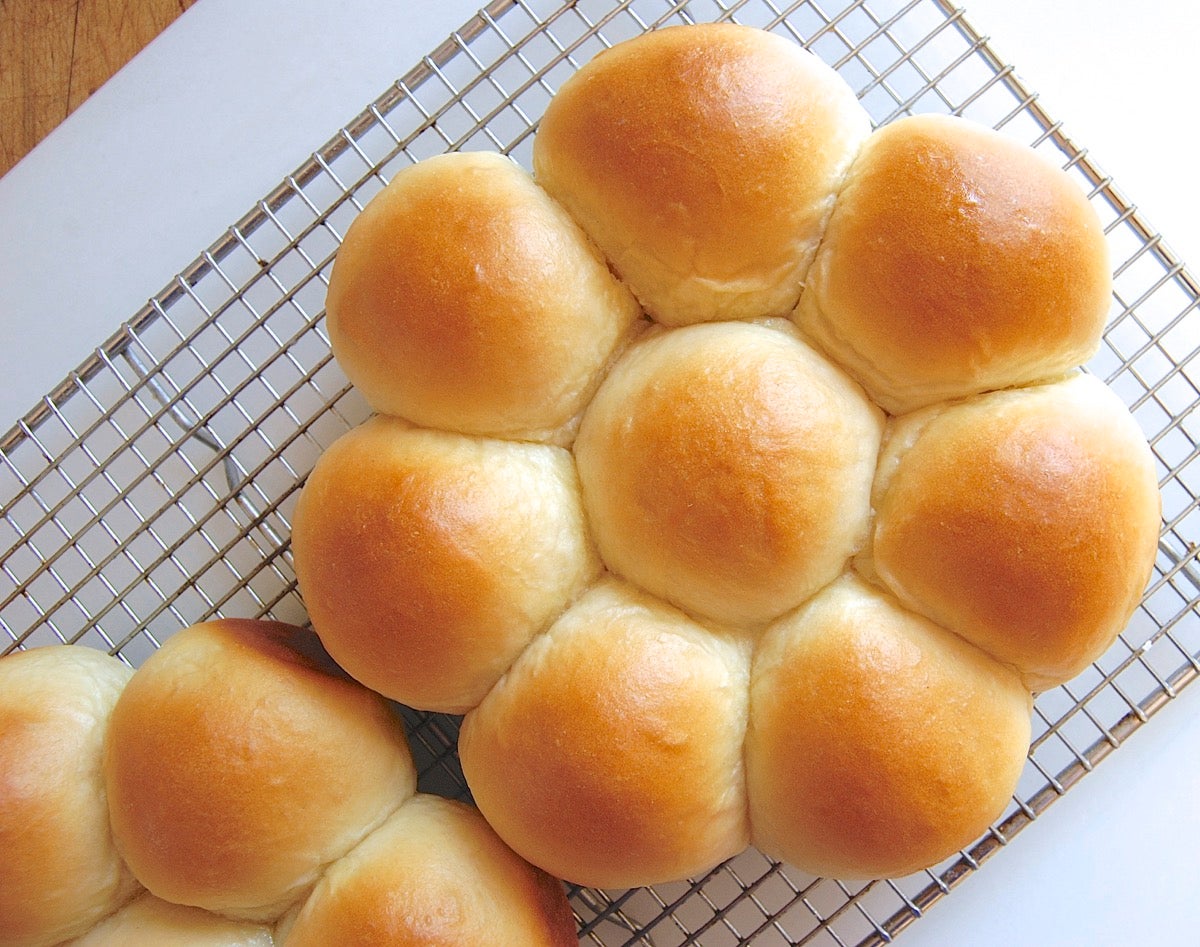
As summer settles in, along with its heat and humidity, try a yeast recipe you bake year-round and see if the dough seems stickier than it did last winter. If so — you know what to do!
Have you had trouble with bread-baking in different seasons? Share your experiences with us in the comments below!

